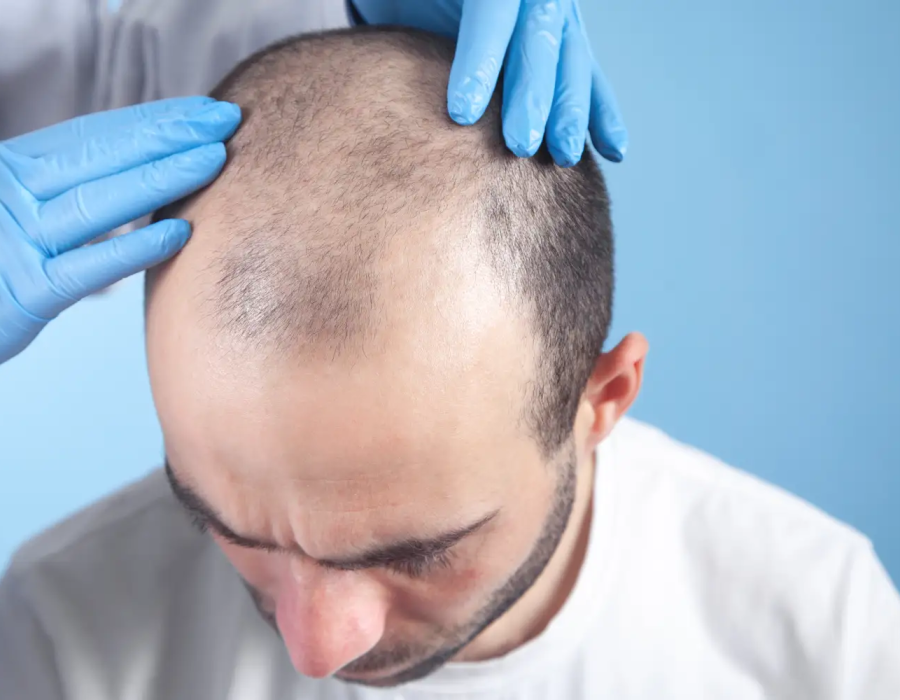Hair restoration has become one of the most effective ways to deal with thinning and baldness, but many people wonder when the right time is to consider such a treatment. Age plays a major role in determining how successful a hair transplant can be, as it influences both the extent of hair loss and the stability of donor areas. In 2025, more individuals are taking an interest in finding the best stage of life to undergo this procedure, with many seeking professional advice to achieve natural and long-lasting results. At the heart of these choices, the popularity of Hair Transplant in Dubai demonstrates how people view this solution as a transformative step at the right time in life.
Why Age Matters in Hair Transplants
Hair transplants rely on moving healthy follicles from one part of the scalp to another. The success of this process depends on donor hair availability and the progression of hair loss. Younger individuals may not have reached a stable stage of hair loss yet, while older individuals might experience weaker follicles or limited donor supply. Age, therefore, plays a critical role in ensuring the outcome looks natural and lasts for years.
Early 20s – Too Soon for Most Patients
While hair thinning can begin in the late teens and early twenties, this stage is often too early for a transplant. At this age, hair loss patterns are unpredictable, and any procedure performed too soon may lead to unnatural results as baldness progresses later on. Doctors usually advise younger patients to focus on preventive treatments until their hair loss stabilizes.
Late 20s to Early 30s – A Common Window
For many people, the late twenties and early thirties are when hair loss patterns become clearer. At this stage, candidates often have a more predictable progression of baldness, making transplants more reliable. The density of donor hair is usually still strong, and recovery is often faster, leading to natural outcomes.
Mid-30s to 40s – Strong Candidates
By the mid-thirties, most individuals have well-defined hair loss patterns. This clarity allows for more accurate planning of a transplant. At this age, many people find that they have reached the point where hair restoration is not only possible but highly effective. This age range is often considered one of the best times for hair transplant procedures.
50s and Beyond – Still Possible
Contrary to popular belief, age does not disqualify someone from a transplant. Many individuals in their fifties and sixties successfully undergo procedures. The key factors are donor hair quality and overall health. While older patients may face slightly longer healing times, the results can still be impressive and life-changing.
Factors Beyond Age
Age is important, but it’s not the only factor in determining the right time for a transplant. A few other elements include:
- Extent of hair loss: Candidates with stable, patterned baldness often achieve the best results.
- Donor area quality: Thick, healthy hair in donor areas increases success.
- Overall health: A strong immune system and good recovery ability improve outcomes.
- Expectations: Realistic goals ensure satisfaction with the procedure.
Alternative Treatments Before a Transplant
For younger patients or those not yet ready for surgery, alternative therapies can help slow down hair loss. Options such as topical medications, nutritional support, low-level laser therapy, and platelet-rich plasma injections can maintain hair density until the time is right for a transplant. These treatments are not permanent but can delay the need for surgical intervention.
Why Timing Matters for Natural Results
A transplant is a permanent solution, so undergoing the procedure too early can result in future complications. For example, if someone has surgery in their early twenties but continues losing hair into their thirties, the result may look patchy or uneven. Timing the procedure when hair loss is stable ensures the final outcome blends naturally and looks consistent for years to come.
The Role of Dubai in Hair Restoration Decisions
Dubai has emerged as a destination where individuals seek advanced hair restoration treatments. Its emphasis on aesthetics, combined with world-class expertise, has made the city a hub for those considering the procedure. Patients from across the globe often travel to Dubai to undergo advanced techniques, confident that they can achieve natural results that suit their age and stage of hair loss.
Long-Term Benefits of Choosing the Right Age
One of the main advantages of selecting the ideal age is the durability of results. When performed at the right time, a transplant allows hair to grow naturally for decades, with minimal maintenance required. Patients not only enjoy an improved appearance but also the confidence that comes with knowing their results will last well into the future.
This is why many people view the timing of a transplant as just as important as the procedure itself. Waiting for stability before taking the step often leads to the most satisfying transformations.
The Global Recognition of Hair Transplants in Dubai
Over the years, Hair Transplant Dubai has become a trusted term associated with innovation and natural outcomes. The city’s reputation for offering advanced aesthetic procedures has positioned it as a leading destination for people worldwide seeking hair restoration at the right stage of life. Whether in their thirties, forties, or later years, patients recognize Dubai as a place where results align with age, lifestyle, and expectations.
Conclusion
The ideal age for a hair transplant varies depending on individual circumstances, but most patients find their late twenties to forties to be the most effective window. Younger candidates are usually advised to wait until their hair loss stabilizes, while older individuals can still benefit as long as they have healthy donor hair. Ultimately, the decision should be based on personal goals, health, and realistic expectations. With advanced options available in destinations like Dubai, individuals can confidently choose the right moment in their lives to begin their journey toward lasting hair restoration.






Comments